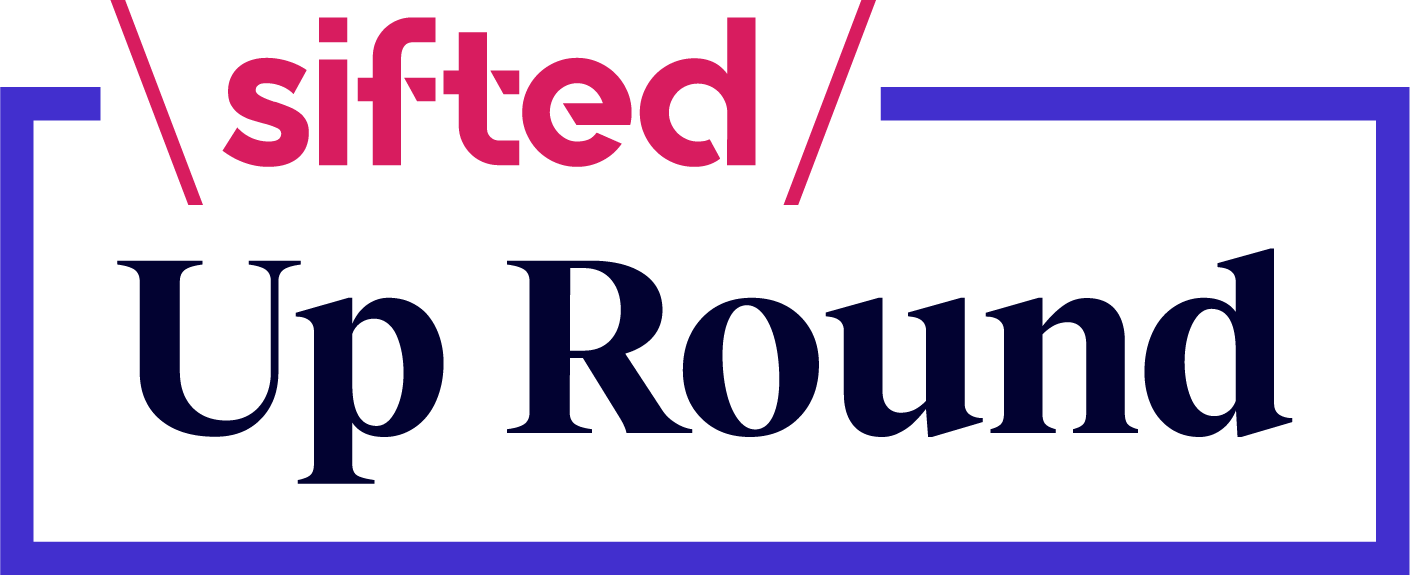Founders might raise capital 4-5 times across a decade, while the average VC partner goes through more than a thousand pitches every year, and hundreds of founder pitch meetings.
Muscle memory compounds. Slide order, a single throat clear on the TAM slide, the tone shift when you quote CAC payback; each becomes data in a private pattern library.
Opportunity cost is our biggest risk, speed matters and conclusions must be quick. We will take short‑cuts. Your role as a founder is to steer us away from alleys that lead to a pass email.
No universal cheat‑sheet exists for a successful pitch. The best founders routinely raise without slides, while others routinely fail despite using the “guaranteed-funding master deck" they saw on LinkedIn. The information gap survives because it helps both sides. Talented founders get to break through the noise while investors get to decisions faster. If the articulation of your thinking in your memo or deck is blurry and messy, good luck getting to a meeting.
"But this excludes founders who aren't part of the right networks!!"
Well a) send them this article — and b) I believe that most entrepreneurs are happy to pay it forward. If it's your first time fundraising, reaching out to a founder who has raised in the past is the fastest way to learn the rules. Reach out to 10, get answers from three, you're already ahead of most of your competition. The downside to asking is zero, the upside is, like successful venture deals, uncapped.
In any case, stop searching for the perfect deck template. Templates won't save you, but having a strong narrative, well-prepared answers to the common questions and an understanding of what’s going through an investors’ mind might.
Green flag overload
In a first meeting, your unique goal is to capture the attention and imagination of the investor you're seeing. Feed the "this-is-a-huge-outcome" brain of the investor with an exciting articulation of your grand vision and ambition. Feed the analytical brain of the investor with structured answers to their questions.
After (during?) the call every investor asks three questions:
1/ If everything goes right, how big can this become?
2/ Is this team the right team for the mission?
3/ What are the three bets that must work?
Below are simple patterns we notice:
As you can see from above, the orange and red flags are all things you can mitigate by working on your strategy, pitch and delivery. Just make sure your green flags overwhelmingly compensate the rest.
Cultural calibration: vision × precision
A persistent cliché in venture capital claims that American founders emphasise bold visions, while European engineers focus on technical details.The gap is shrinking but it still exists.
Quick rant. In France, engineering students are often taught that their value lies in analytical precision, rigorous problem-solving and "discipline"... As Y Combinator founder Paul Graham once said: "One of the most dangerous illusions you get from school is the idea that doing great things requires a lot of discipline". Engineering students internalise the myth that “the best product wins” and that an MBA cofounder must do the pitching. It's BS. Selling is a skill, not an innate badge (certainly not one you get systematically from business school), and plenty of engineers become insanely talented CEOs pitching ambitious visions.
Great founders all share the unique ability to context-switch in a snap. Investors look for that "gear‑shift" ability: seamless toggling between unit-economics detail and ten‑thousand‑foot/billion-dollar vision.
Two contrasting pitches:
Electric vehicles
- United States version: “We will reinvent urban transport with fully autonomous electric vehicles by 2028. Partnerships with major tech firms let us integrate AI navigation.”
- Europe version: “Our prototype already covers 300 miles per charge. Full autonomy is on the roadmap, but we focus first on battery efficiency and safety.”
Renewable energy
- United States version: “Our mission is for solar to become the world’s primary energy source within a decade. We hold term sheets from global utilities.”
- Europe version: “Our panels hit 25% efficiency in lab tests. We will scale production and cut costs to hit commercial viability in three years.”
Neither style is wrong. The winning pitch fuses audacious vision with crisp execution steps.
Star‑aligned scenarios and venture maths
Why does the billion-euro dream matter anyway? VC portfolios obey a power law. Two or three breakout wins return the entire fund. Downside is capped, you can only lose the principal, so even a low‑percentage shot at a 100× outcome could lead to a term sheet. The upside that funds look for is dictated by their fund size too, so keep that in mind when pitching funds of different shapes and sizes.
To clear the bar you need three credibility pillars:
1/ A plausible path to 100× that covers both technology and commerce.
2/ Evidence the team understands the biggest risks and has a mitigation plan.
3/ Proof you attract unfair resources, from talent to capital to partnerships.
Make that trifecta believable and we want in. Refuse to pitch anything you are not 95% sure you can deliver and you may self‑select out of venture altogether. Speaking the same language is not faking it, it is basic translation. Narrate a future where success rewrites markets, and do it in a voice that still feels authentic.
Turning asymmetry into advantage
You cannot erase the imbalance, but you can exploit it.
1/ Be brutally self‑reflective. Diagnose weak spots and fix them before pitch day.
2/ Bridge vision and detail. Slide effortlessly between the grand picture and the ground plan.
3/ Sell the star‑aligned scenario until the upside is palpable at fund level.
The game didn't become any easier... but your chances of leaving a winner just increased.




